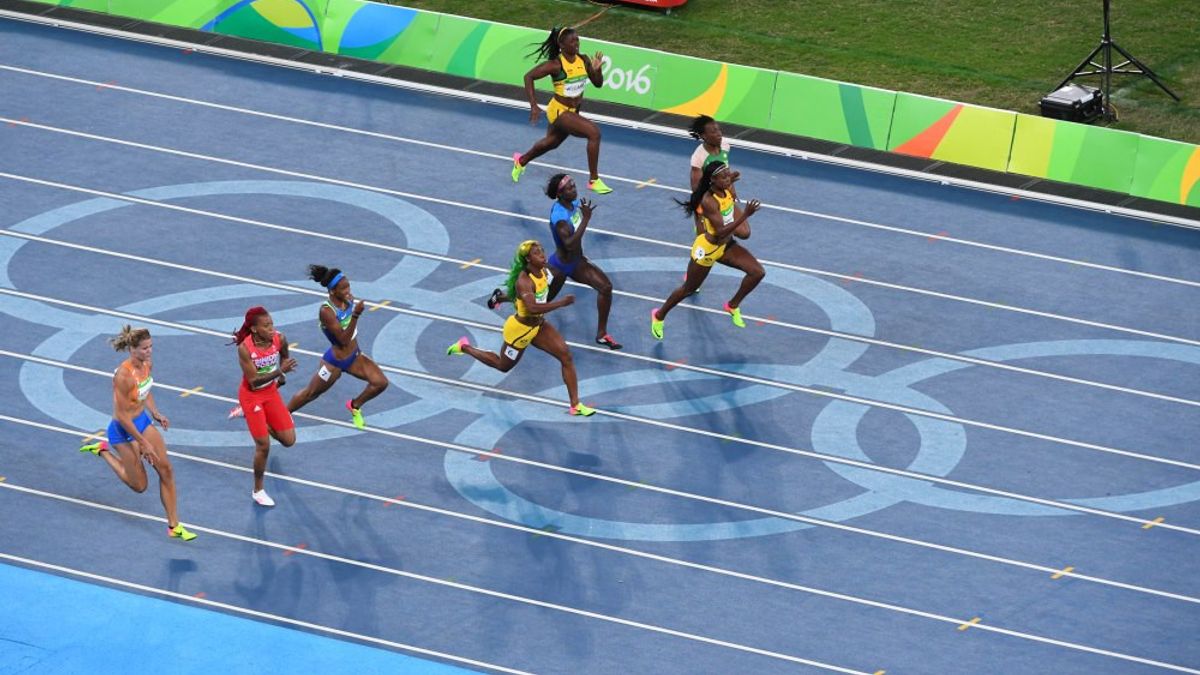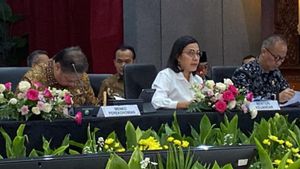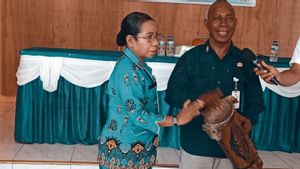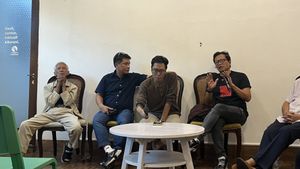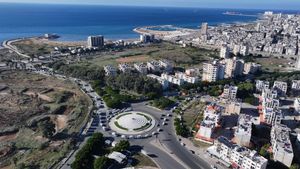JAKARTA — Sprinters, hurdlers, and other runners at the Tokyo Olympics have competed for medals, set best times and even set world records. Records are made to be broken.
At the Olympics this time promises an easier record to break. Because the track conditions at the Olympic stadium, Tokyo, are quite supportive.
"I would say it's a pretty fast track," said US hurdler Sydney McLaughlin, minutes after she broke her world record.
"Out of all the tracks I've been on, it feels amazing," said Kyron McMaster of the British Virgin Islands, who finished fourth in the men's 400m hurdles. "I feel like my feet are just spinning, it's like there's no surface there."
That the Tokyo Olympic Stadium track feels "fast" is no coincidence. Mondo, the Italian company that makes the stadium, has been trying to improve the running surface since building its first Olympic track for the Montreal Olympics in 1976.
The red and black track that Mondo built for the Tokyo Olympics is the most technologically advanced athletic track in the world. "The goal is to take human speed to a level that has never been achieved before," the company said.
Running track evolution
Olympians may feel excited in their stride when they run on the track — and not just because they are elite athletes.
Modern tracks are designed to absorb the force of a runner's stride and then restore some of that energy when they lift their foot for the next stride, giving them a nearly imperceptible bounce.
"It's not like walking on hard concrete," said John Eric Goff, professor of physics at the University of Lynchburg. "You do feel a bit chewy but it's real."
A few decades ago, athletes ran on dirt tracks. However, said Goff, overuse by runners and bad weather ruined the track, making it impractical.
Modern running tracks have become highly engineered surfaces, often made of bouncy materials such as rubber. "You're trying to create a surface that allows for a bit of grip, will allow for efficient energy return and allow the athlete's shoe to come off [the surface] and not snag for too long," says Goff.
The Mondotrack WS, the official athletic track at the Tokyo Olympics, is the latest version of the Mondo track produced for the 2016 Rio Olympics.
The top of the track is made up of semi-vulcanized rubber grains, which create a dense layer to help runners grip the surface. Beneath it is a honeycomb backing consisting of hexagonal air chambers that can compress in all directions and bounce back with the runner's forward motion.
The track also features what the company calls "non-directional tessellation", a patterned texture that reduces the runner's need to wear spikes and also helps improve drainage.
"This is an incredible combination of physics and chemistry and computer technology," said Goff. "It's a pretty incredible track."
To gauge how fast this track really is, the athletes competing in the men's and women's 400m hurdles deserve comment. World records were broken in both of these numbers. Even the silver medalist ran times faster than the previous world record.
"It was a fast track. I think that's the point. It feels really fast," said US silver medalist Dalilah Muhammad.
“It is very easy for a runner to tell how fast a track is,” Muhammad added, based on how easily the athlete achieved the number of steps they planned to take between obstacles. "And it was just right, every hitch. So I was like, well, this is the fast lane."
McLaughlin, the US gold medalist, said he saw a stark contrast between the Tokyo track and the track used for the US Olympic Team test. “There is a slight difference that I can feel. It's my first time trusting Mondo this year. So I definitely feel the difference compared to Eugene," he said.
But not every athlete carve a race record to the surface of the run alone. "The track... is crazy. It's a good track," said Karsten Warholm of Norway, who broke his own world record by about three-quarters of a second. "But I think it's not just the track. I think it's the people of today too, you know."
Rai Benjamin, the US hurdler who won silver behind Warholm, said the same. According to him the track is good, but something else is also happening.
"It's really soft, it does give a lot of advantages. Don't get me wrong, it's a phenomenal track," said Benjamin. "It's nice to have such a good track, but no one in history is going to go out there, do what we're just doing now, forever. I don't care who you are."
The English, Chinese, Japanese, Arabic, and French versions are automatically generated by the AI. So there may still be inaccuracies in translating, please always see Indonesian as our main language. (system supported by DigitalSiber.id)
